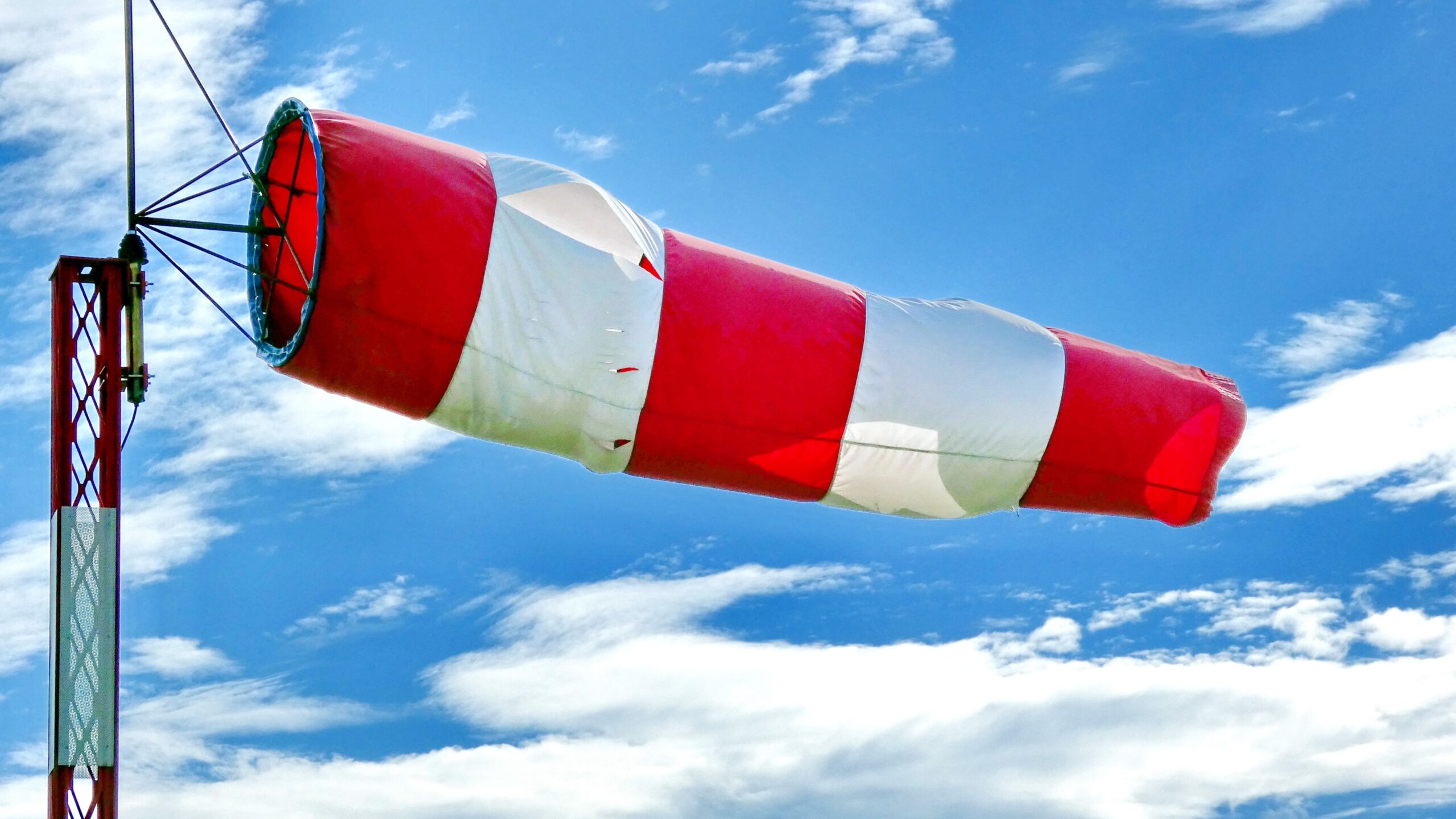
Welcome, dear homeowners, to the world of shed anchoring! Strong winds can be a serious threat to any structure, including your beloved shed. But worry not, for we are here to guide you through the process of securing your shed. As experts in the field, we have gathered the best tips and tricks to ensure your shed stays put in any weather. And when it comes to quality sheds, we are Hinton Buildings – a trusted advisor and source for wooden and metal buildings since 2015. So, let’s get started!
The Importance of Proper Shed Anchoring
Let’s face it, mother nature can be unpredictable. A sudden gust of wind can easily lift an unanchored shed and send it flying. That’s why proper shed anchoring is crucial to protect your investment, and more importantly, to ensure the safety of your family and neighbors. Remember, a shed that is not anchored correctly can cause significant damage to your property and even injure someone. So, don’t take any chances and make sure your shed is securely fastened to the ground.
Tips for Anchoring Your Shed
Anchoring your shed may seem like a daunting task, but it doesn’t have to be. Here are some useful tips to make the process easier:
- Choose the right location: Pick a spot that is level and has good drainage. Avoid placing your shed in low-lying areas or near trees and power lines.
- Use the right anchors: The type of anchor you use will depend on the size and weight of your shed, as well as the soil type. Common anchors include concrete screws, earth augers, and anchor plates.
- Follow the manufacturer’s instructions: Make sure to read the instructions carefully before installing your shed. This will ensure that you use the correct anchoring methods and materials.
- Regularly inspect your anchor system: Check your shed’s anchor system periodically to ensure it is still secure and hasn’t been damaged by weather or pests.
The Best Anchors for Your Shed
Choosing the right anchors for your shed can be challenging. Here are some of the best anchors to consider:
- Concrete screws: Ideal for sheds placed on concrete or asphalt surfaces.
- Earth augers: Perfect for sheds placed on softer soils and offer excellent holding power.
- Anchor plates: Best for sheds that require a permanent anchor and can be installed on any surface.
Don’t Let Wind Take Your Shed Away!
Strong winds can be scary, but there are ways to protect your shed from taking flight. Here are some additional tips to keep your shed secure during high winds:
- Trim trees and shrubs: Keep trees and shrubs trimmed to prevent them from falling onto your shed during high winds.
- Add additional supports: Consider adding extra braces or supports to your shed’s structure to make it more wind-resistant.
- Remove any loose items: Make sure to store any loose items like gardening tools and lawn chairs inside your shed or secure them so they don’t become projectiles during strong winds.
Ensuring Your Shed Stays Put in Any Weather
In conclusion, anchoring your shed is a vital step in protecting your property and ensuring the safety of your loved ones. With the right location, anchors, and regular inspections, your shed will remain secure and stable through any type of weather. And when it comes to finding a high-quality shed, look no further than Hinton Buildings. With their extensive experience, excellent customer service, and wide range of wooden and metal buildings, they are sure to have the perfect solution for your needs. So, anchor away and rest easy knowing your shed is safe and secure!
We hope you found this article informative and helpful! Remember, proper anchoring is key to protecting your shed from windy weather. And if you’re in the market for a new shed, be sure to check out Hinton Buildings for top-notch products and friendly customer service. Happy anchoring!
